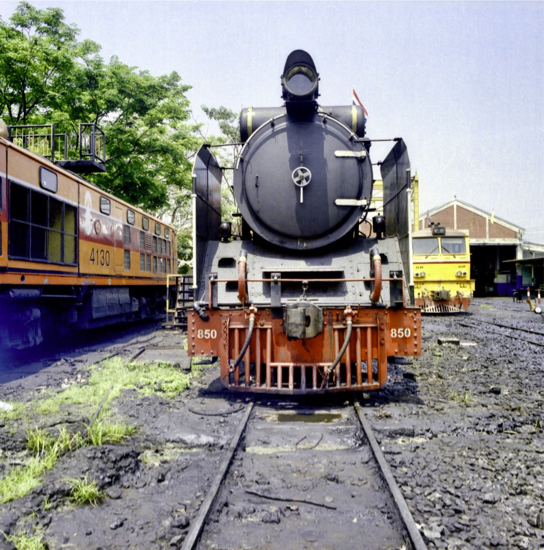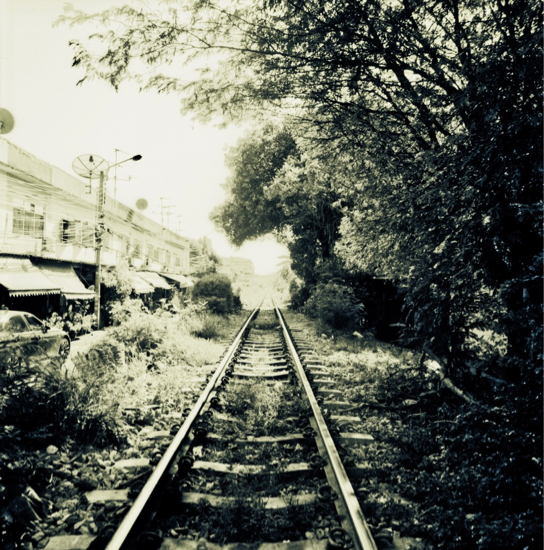|
|
Rethinking Photo Workflows (5): The Photographer Dances to a New TuneBy Graham K. Rogers
The iPhone cameras have improved with each new model release and nowadays output can be of quite high quality. Images are automatically saved in Photos on the iOS device, and in my case, synchronised using iCloud, so they also appear in Photos on the Mac. I am able to edit on both platforms, although some 3rd party edits on the iPhone do not always find their way to the Mac. While I was still able to use Aperture with files from my Nikon D7000, the arrival of the D850 and its much larger RAW files (and their different format) put paid to that. For the time being I have been using Photos on the Mac, but even with 16GB RAM, there are times when this application is beginning to creak on the MacBook Pro I use. I am almost at the point of deciding to download Capture One. I envisage using that to handle all DSLR images, exporting my favourites to Photos so that they are also available on iOS devices. Currently, I have all Aperture Libraries on one external disk (2TB LaCie that connects via USB-C), with all images from the D850 on a WD 512GB SSD drive (also USB-C). That is about taking care of the files, but what about photo-creation? Even a child can snap away with a camera and take photographs, and there have been a couple of monkeys that have also taken some creditworthy self-images, one at the center of a copyright battle (the monkey lost the case). It was a good image too.

I used to hold the idea, as do many, that the equipment used is not relevant to the photograph. That may have been more true for the pre-digital age, which is when I first started taking photos, but these days with much good output coming from smartphones there is a case for high end photography: DSLR and Mirrorless. I have mentioned in the past the lesson I took from a couple of hours in New York in late 1986 with Tony Harvey, who had earlier directed the Oscar-winning A Lion in Winter. I made an apology about my cheap plastic camera, when he had his SLR. He rightly dismissed that. There are obvious weaknesses in lenses between a cheap camera and a top end SLR, but the film medium is the same. As with the monkey selfie, if the subject is right, the photo will be right, but see my comments below on lenses. I now think this is less so for digital output. When I compare photos from the early iPhones with the most recent, the quality is better nowadays. And when I look at output from various DSLR cameras the digital recording medium is not the same. One of the reasons I was keen to buy the Nikon D850 was what I saw a while back when using a Hasselblad H6D-50. While Nikon makes its own 47MP sensor, a little short of the 50MP Sony CMOS sensor that Hasselblad uses (along with Sony, Pentax and Phase One), the output is quite superb.

Output from D850
When I tried that Hasselblad I was astounded not only by the sharpness of the images, but by the way I still had a clear image after some heavy cropping. This comes at a cost (in more ways than one). To handle the RAW Hasselblad output I had to install Phocus (which I still use from time to time). Aperture did not recognise those files and nor does it recognise the RAW files from the D850.
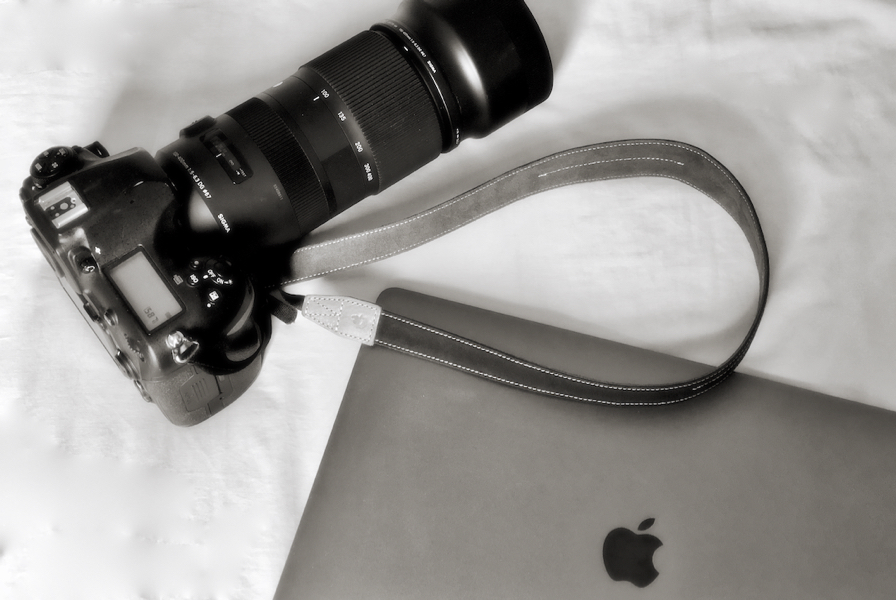
Nikon D850, Sigma 100-400 lens and MacBook Pro
After working with 645 Pro for a while and its original TIFF output, I began to wonder about film again. Initially, I looked at Rolleiflex Twin Lens Reflex cameras, but did not really warm to this, although I was certainly keen to work with medium format film. In the end, I concentrated on Hasselblad - a version took the famous first images from the Moon - and tracked down a seller on the eastern edges of Bangkok.
Hasselblad Output: Kodak Portra (left) and Ilford ISO 400
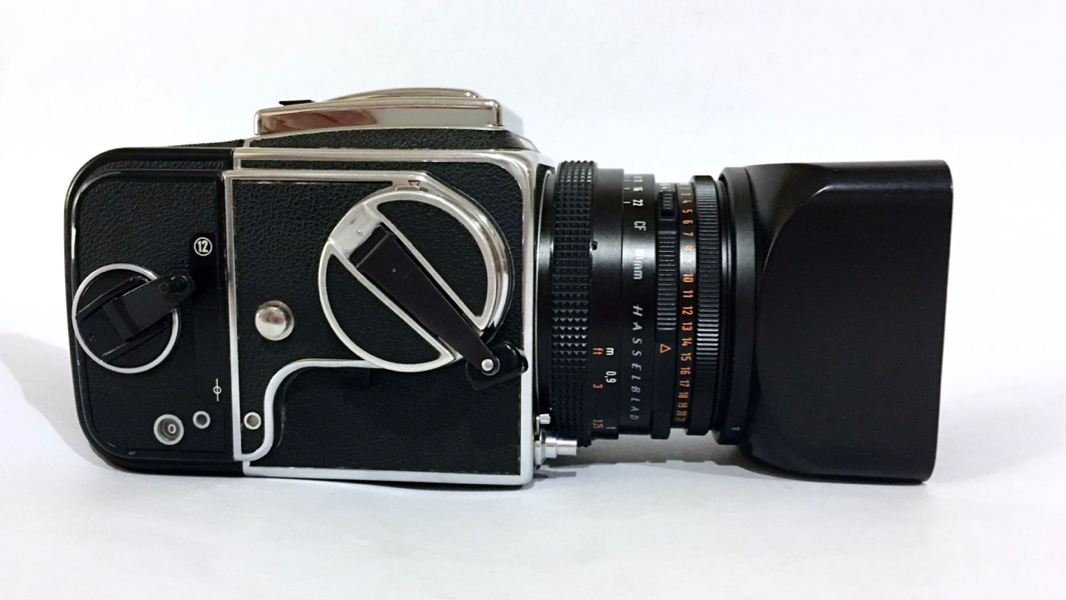
Such change in judgement hopefully means I am becoming a better photographer; but who knows, maybe it is really just age that tempers us.
Hasselblad Output: Ilford ISO 50 (left) and ISO 400
See also:
Graham K. Rogers teaches at the Faculty of Engineering, Mahidol University in Thailand. He wrote in the Bangkok Post, Database supplement on IT subjects. For the last seven years of Database he wrote a column on Apple and Macs. After 3 years writing a column in the Life supplement, he is now no longer associated with the Bangkok Post. He can be followed on Twitter (@extensions_th) |
|

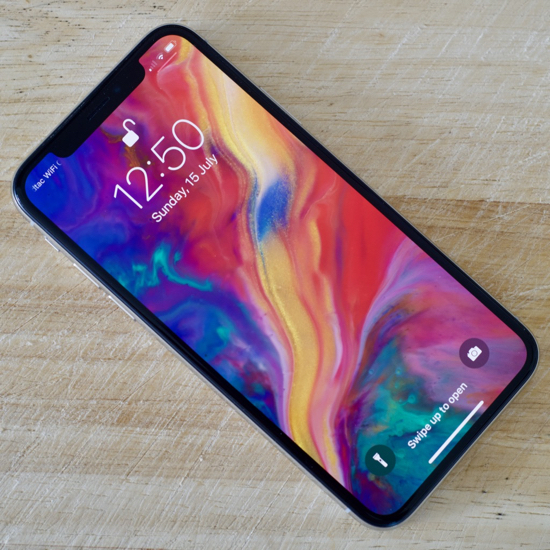 Although I started with film in the 1950s I was sucked into the use of digital photography, perhaps because it was all so easy. I am sure now that I lost something, although there clearly have been gains too. Digital formats are ready to work on. My film goes off to a studio and I collect the negatives a few days later, which I then scan. TIFF files from the scans are saved in Photos currently and on an external disk. The negatives are locked in a drawer. This slow process is part of the satisfaction of returning to film.
Although I started with film in the 1950s I was sucked into the use of digital photography, perhaps because it was all so easy. I am sure now that I lost something, although there clearly have been gains too. Digital formats are ready to work on. My film goes off to a studio and I collect the negatives a few days later, which I then scan. TIFF files from the scans are saved in Photos currently and on an external disk. The negatives are locked in a drawer. This slow process is part of the satisfaction of returning to film.
